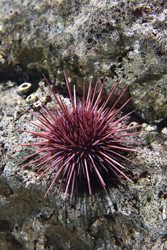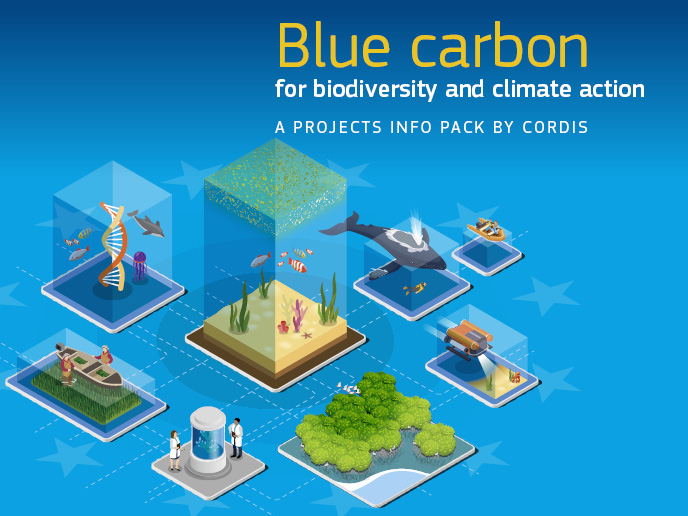Sea urchins get a boost from nutritional guidance
Sea urchins, those spiny little creatures living on shallow rocks and coral, are culinary delicacies made particularly popular with the explosion of sushi restaurants around the world. Aquaculture is attempting to meet growing demand but faces numerous constraints. Among these are the presence of less-than-desirable colour variations and flavour/texture inconsistency as well as limited shelf-life and concerns over quality and safety. European researchers designed the ‘Sea urchins in integrated systems; their nutrition and roe enhancement’ (Spiines 2) project to enhance marketability of the two most commonly fished, farmed and consumed sea urchins in Europe. The edible parts of these little marine porcupines are actually the gonads of both male and female urchins, called roe. As such, scientists carried out a variety of experiments evaluating effects of various diets on gonad colour, mass and spoilage. Results led to guidelines regarding types of diets that should enhance roe content and colour. In addition, scientists provided evidence for specific feeding and so-called pre-harvest starvation schedules that lead to prolonged shelf life. Investigators also wished to integrate sea urchin farming with other types of aquaculture for economic and environmental advantage. They evaluated open-water juvenile sea urchin culture together with Atlantic salmon farming on the coast of Scotland. Findings suggested that the sea urchin assimilated hatchery-derived material and thrived in the salmon cage environment. It should thus be possible to culture sea urchin even at this very northern limit of its range. Spiines 2 provided a valuable roadmap toward better sea urchin farming leading to more marketable roe. Not only is this good news for the sea urchin aquaculture industry and avid consumers but also for vulnerable wild sea urchin populations.







